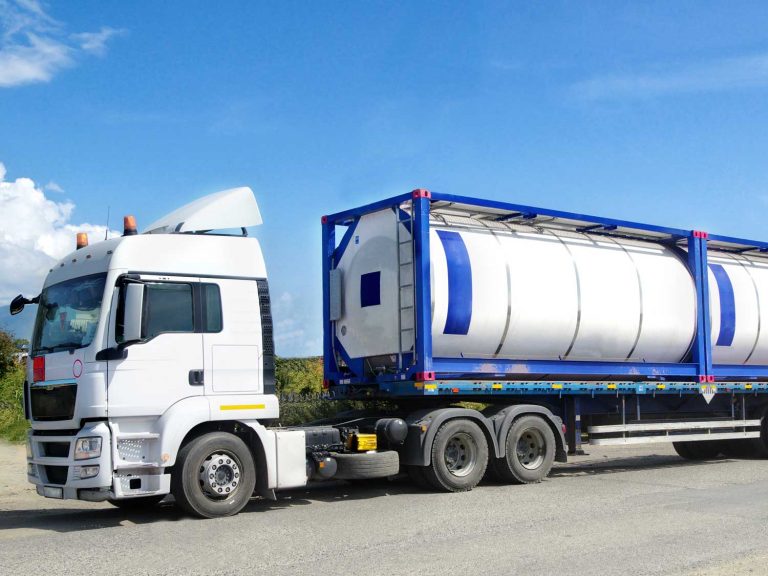
Date:
The challenge of shipping chemical cargo around the world
The challenges of finding tank containers and getting them booked for vessel loading at origin have been growing, making the transport of dangerous and complex goods more and more difficult.
Widespread disruption and delays in the global ocean supply chain have cut available transport capacity, with chemical cargoes that are typically dense weight and better suited to 20’ equipment, increasingly rejected by carriers in favour of cargo that is lighter and packed in 40’ containers, to offer greater yields.
Pretty much all nine leading container shipping lines have declined, at one time or another, to accept dangerous goods or requested such extraordinarily high rates, that it has been cost-prohibitive for the shipper.
The potential inability to move critical chemical products is of great concern, because these are specifically designed to support health care operations or water treatment facilities, and are contained in everyday goods that may be running critically low in certain parts of the country.
While there is no reluctance from our preferred ocean carriers to transport chemical products and dangerous goods, there are additional operational issues that need to be considered when handling that type of shipment and they are equally impacted by the challenges in the current market-driven by slow-moving supply chains.
With complex dangerous cargo, it would be inadvisable to leave it at the port terminal for an extended period ahead of departure and we need to make sure it is loaded as planned, which is more challenging because of the many omissions and ship delays.
Specific regulations around the transport of dangerous goods also add layers of complexity. The quantity and type of dangerous goods a ship can carry depends on the vessel’s Document of Compliance for Carriage of Dangerous Goods and restrictions may also apply at loading and discharge terminals, in addition to other local or international regulations.
A very significant issue over the past year has been the shortage of equipment in key origins, which has driven up the costs of shipping an ISO tank container by an average of six times, and up to a 30-fold increase at its worse.
The equipment imbalance is a huge problem, which is made worse by the HGV driver shortage because even if an ISO tank container can get on a ship in Asia when it lands in the UK, there is a major effort to ensure that there will be a driver there to pick it up.
For over thirty years we have been managing the safe and compliant storage, handling and transportation of chemical and petrochemical products to local, regional and international destinations.
Our ops team has extensive knowledge of the handling, packaging and compliant documentary requirements for the global multi-modal transport of hazardous and non-hazardous chemical products.
We work with twenty offices across Europe, Middle East, India, South East Asia, China, Japan and North America, to monitor market conditions and manage relationships with carriers, to ensure that our customers’ cargo is lifted and transported to the destination on time and in full.
